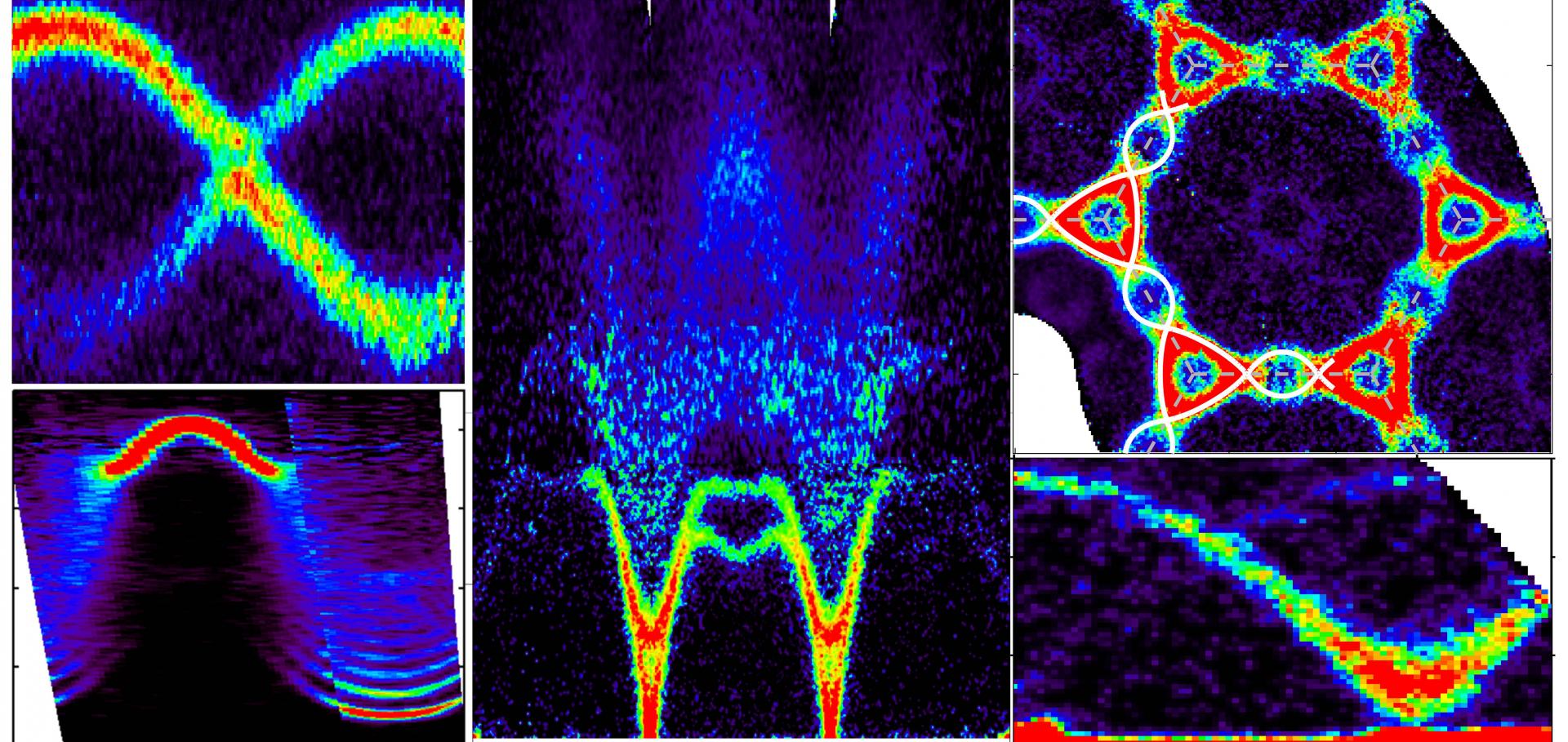Neutron scattering from deconfined spinons in the 2D frustrated quantum magnet Cs2 CuCl4
Journal of Magnetism and Magnetic Materials 272-276:SUPPL. 1 (2004)
Abstract:
High-resolution inelastic neutron scattering is used to explore the magnetic excitations in Cs2CuCl4, a quasi-2D spin-5 frustrated Heisenberg antiferromagnet on an anisotropic triangular lattice. In the spin liquid phase above the 3D ordering transition a broad continuum of excited states is observed, characteristic of excitations of pairs of spin-1/2 spinons of a resonating-valence-bond state. In the ordered phase stabilized at low temperatures by the weak inter-layer couplings a sharp spin-wave mode emerges below the continuum lower boundary. © 2004 Published by Elsevier B.V.Ferromagnetic in-plane spin fluctuations in NaxCoO2 observed by neutron inelastic scattering
(2003)
Magnetic Studies of Polycrystalline and Single-Crystal NaxCoO2
ArXiv cond-mat/0312493 (2003)
Abstract:
We have investigated the preparation and bulk magnetic properties of NaxCoO2 in the range 0.5Observation of extended scattering continua characteristic of spin fractionalization in the 2D frustrated quantum magnet Cs2CuCl4 by neutron scattering
(2003)
Observation of extended scattering continua characteristic of spin fractionalization in the 2D frustrated quantum magnet Cs2CuCl4 by neutron scattering
ArXiv cond-mat/0307025 (2003)


